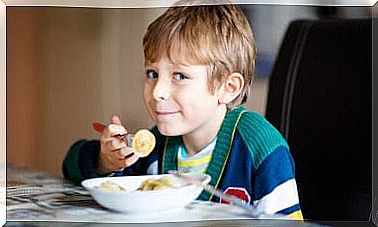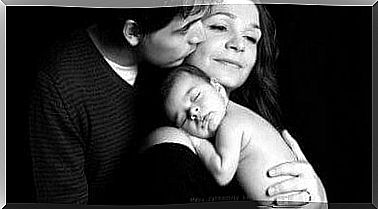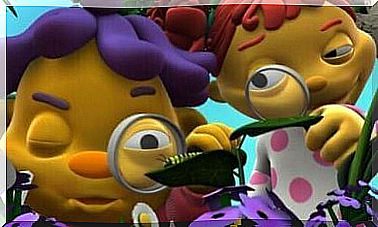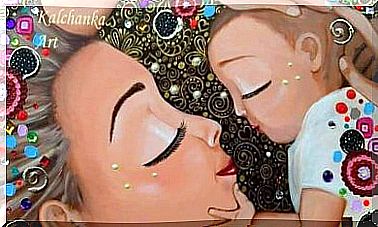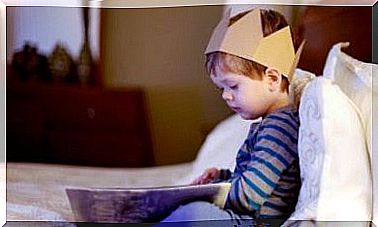The Art Of Tickling And Kissing Your Baby’s Belly
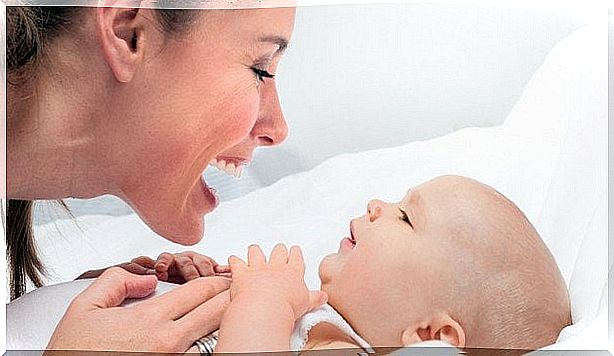
The wonderful art of tickling and kissing your baby’s tummy gives wonderful effects. You will definitely get explosive laughs and positive reactions in return.
Few parents can resist the strong temptation to bury their faces in their baby’s soft belly. They create a symphony of kisses and tickles that bring out their baby’s most infectious laugh (and their own too!)
It is more than just a classic activity between parent and child. It is a way to establish a strong emotional and social connection early with our children.
It is a fantastic kind of therapy that has continued for several generations. The benefits are so great that you will probably continue to do so in the years to come.
Of course, a beautiful day will come when your child has grown up and says it is ” too old for that kind of play.”
Kiss your baby’s belly to bring up with more love and less anger
Bath day and diaper changes are perfect moments to tickle and kiss your baby’s belly.
This is something you can do from an early age, although you always have to be careful. The best points to kiss and tickle your baby are on the abdomen, chest and under the feet.
You will see that the result is absolutely incomparable.
Releases oxytocin
Oxytocin is a hormone that is linked to affection, tenderness and nursing. It plays a major role in the connection we make with people we love. The more positive physical contact we share, the more oxytocin we release.
Not only that, your baby will also receive a full dose of endorphins – the hormone we associate with pleasure and well-being.
The tickling has a very concrete purpose: To create social and emotional bonds
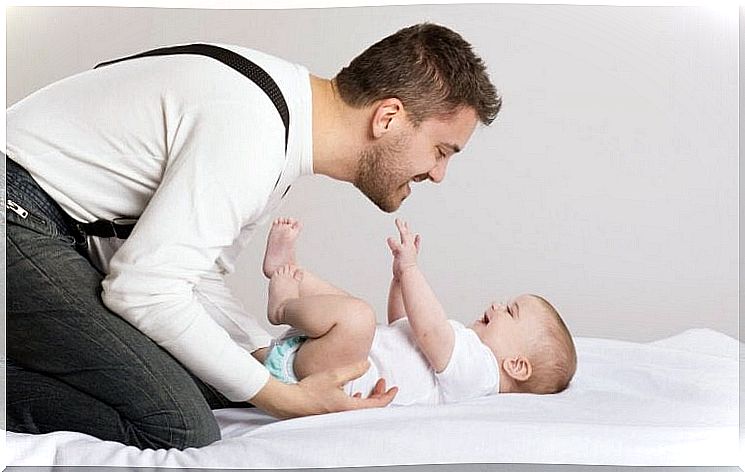
This is something we all know for sure: In order for k ittling to make us laugh and like it, it must come from someone we love.
- No stranger should ever tickle your child. This is something your baby will learn very quickly. Only parents and other relatives may be allowed to tickle them. It must be people who are part of the baby’s life and who offer well-being, entertainment and comfort.
- Kittling establishes a social and emotional connection between people in the same environment. It must be a group of caring and intimate relationships where positive emotions are exchanged.
Tickling and kissing strengthens the bond between you and your baby
Kissing and cuddling in the neck, on the stomach and feet is a great way to create a strong connection with your baby. It is very simple and fun for both the child and the parent.
As I said, it helps you to create a healthy connection to your child. We all know that it is something that children need to do to grow and develop to become mature and happy individuals.
We must not forget that positive physical closeness based on skin contact is nutrition for your child’s emotional health.
The caresses and kisses that make your child laugh are nourishment for his soul. By caring about your little one’s emotional health, you lay the foundation for his self-esteem based on how loved and appreciated he feels.
When a child is in the middle of a mood crisis, there is nothing better than a sudden shower of kisses and cuddles
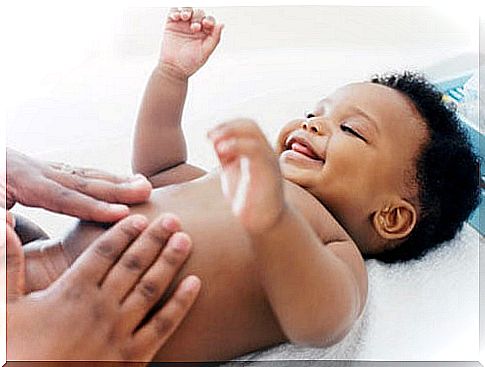
On this page, we have already repeatedly talked about children who demand a lot of attention – children who seem to want everything and who are constantly protesting.
- Sometimes they refuse to put on their pajamas and sometimes they can go so far as to scream, hit you or pull at your hair.
- If your child is still very young, you have probably already understood how pointless it is to try to teach or reason with it. So when it starts to get messy, pull out your infallible weapons: kissing and tickling.
- You will be amazed at how your child’s mood changes almost immediately. The excitement drops and you will be happy to see how the baby starts laughing almost immediately.
Believe it or not, it is a way to show your child that he is well cared for and helps him control and deal with his frustration. A little later, the child will come to a phase where it is possible to sit down and reason with it. But for the first two years, this emotional care is much more effective.
Tickling respectfully is always more effective
Something that must be emphasized is that tickling has a limitation. If it is uncomfortable for the child, it must stop immediately.
Many of us have unpleasant memories from our childhood where we were held back and tickled against our will or by someone we did not like. When tickling is not welcome, it is more like torture and not a pleasant activity at all.

We must always be careful. Remember that for it to be an “art”, the tickling must be fair, limited and balanced. It is something that should be short and easy, voluntary above all, to be fun and to achieve the positive effect. Otherwise, it clearly has the opposite effect.
Remember to respect your child’s body and the restrictions he or she sets. The child learns from it and thus shapes his future perception of the right to his body.
